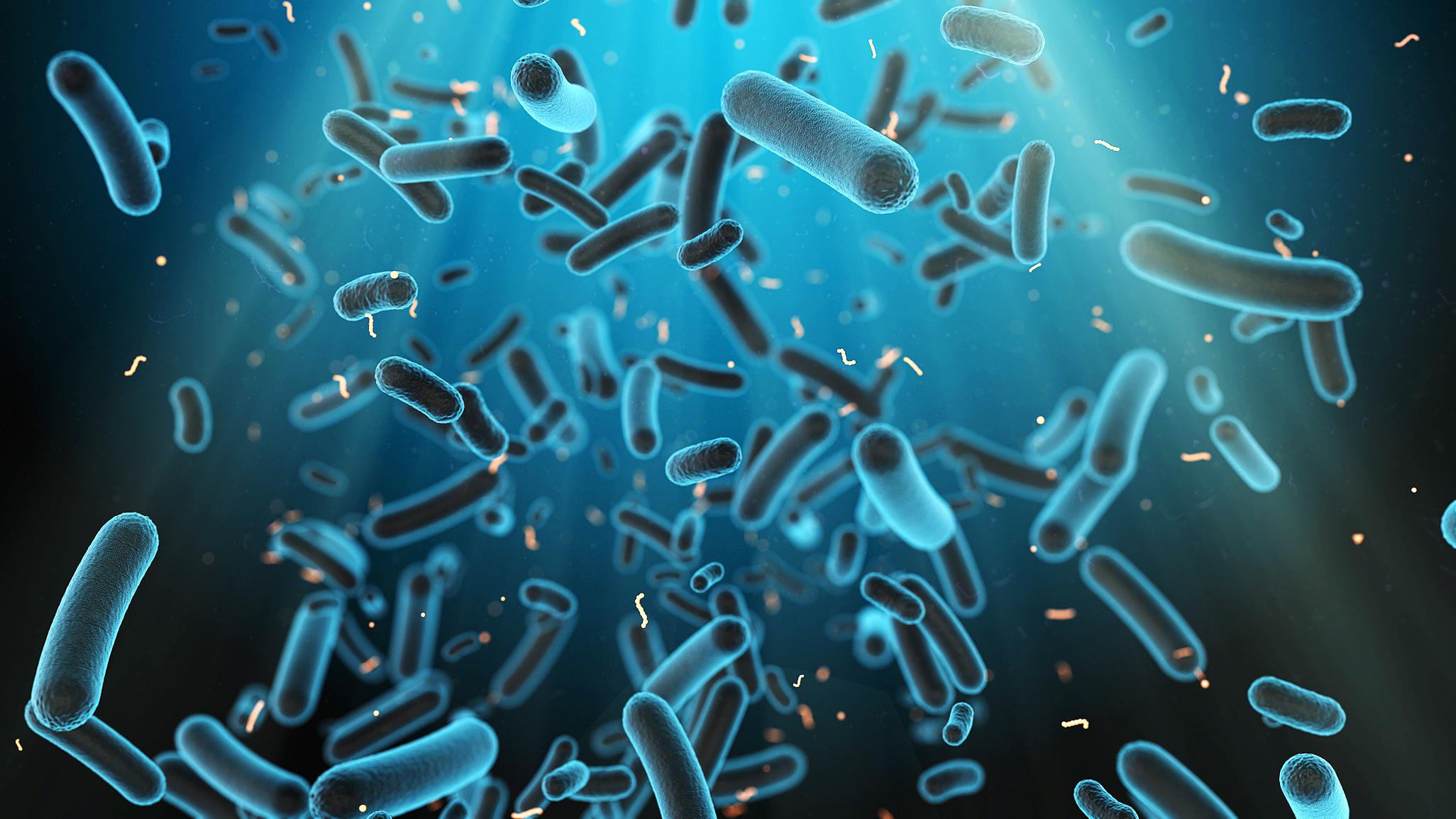It is a bacterial janus, peaceful host of our intestine, but some strains of which can be violently pathogenic.
Escherichia coli
was discovered at the end of the 19th century by the German pediatrician Theodor Escherich, hence its name.
E. coli
,
as it is nicknamed, is mostly harmless.
Present in the digestive tract of warm-blooded animals, it is a normal host for humans: it is the first bacterium to enter the intestine of newborn babies.
But
Escherichia coli
can acquire virulence genes and make us sick: out of a thousand known strains, a few dozen are harmful.
” READ ALSO –
An investigating judge to unravel the “Buitoni scandal”
“With it, there is everything and its opposite,
comments Professor Benoît Chassaing, research fellow at Inserm (Institut Cochin, Paris).
Strains with effects so beneficial that they are used as probiotics.
And others known to induce hemorrhagic colitis that can lead to death.
It is for this reason that it is sometimes referred to as a
"
killer bacteria"
.
Not without reason: during the summer of 2011, in Europe, a strain of the bacterium enterohaemorrhagic
E. coli
(Eceh) was at the origin of a serious epidemic of bloody diarrhea and haemolytic uremic syndrome which killed fifty of people.
For this
"pathovar",
the name given to strains of pathogenic
E. coli
, the origin of the intoxication was in germinated seeds which would have been contaminated in the Middle East.
In fact, it is most often through water or food (notably minced meat or unpasteurized dairy products) soiled with human or animal waste that the transmission of these pathogenic bacteria takes place.
Diarrhea and "gastro"
In the five major categories deemed hostile to our digestive tract, in addition to enterohaemorrhagic
E. coli
, there are so-called enterotoxigenic strains (Ecet).
The toxins they secrete are the cause of watery diarrhea attacks in young children, and of turista or traveler's diarrhea at any age.
Other strains are qualified as enteroinvasive (Ecei) by their ability to invade the intestinal mucosa, which triggers an inflammatory reaction, resulting in high fever, abdominal cramps and nausea, but also rapidly dysentery, with stools containing blood and mucus.
E.
coli
enteropathogens (Ecep) are responsible for gastroenteritis in children under 2 years of age, but a priori harmless in adults.
Fifth category, enteroaggregative strains (Eceagg), which adhere to the intestinal wall in the form of "clusters of bricks", are reputed to cause persistent diarrhea and growth retardation.
To these forms of
E. coli
are added those which, leaving the digestive tract, are disseminated in the body through the bloodstream.
These extra-intestinal coli bacteria are the source of various more or less dangerous infections: pneumonia, osteomyelitis, meningitis, peritonitis, urinary tract infection... Naturally, depending on the case, the treatments will not be the same.
And there is a vast field of research in this field: in Clermont-Ferrand, the Inserm/Inra/University of Auvergne team of Julien Delmas is working on the development of enzymes capable of preventing a strain of
E. Coli
adherent-invasive (Aiec) to cross the intestinal mucosa, which it does 4 times out of 10 in the case of Crohn's disease.

